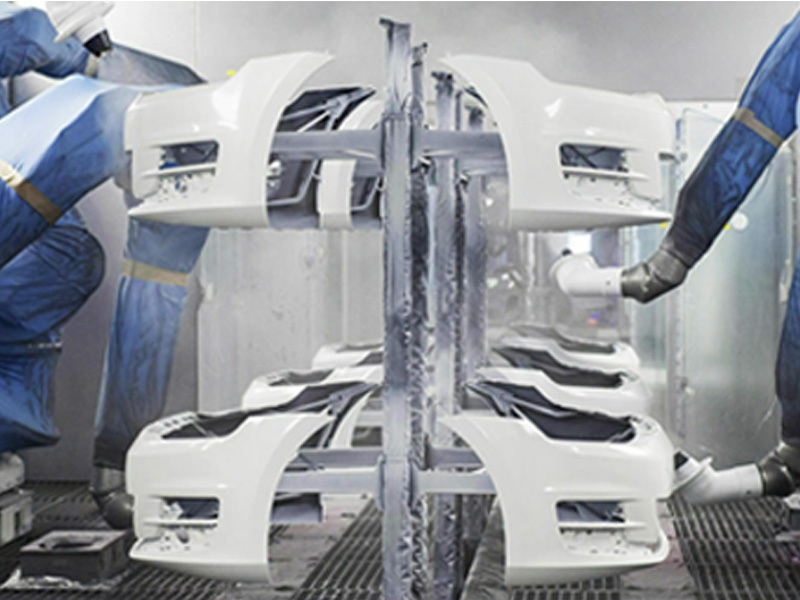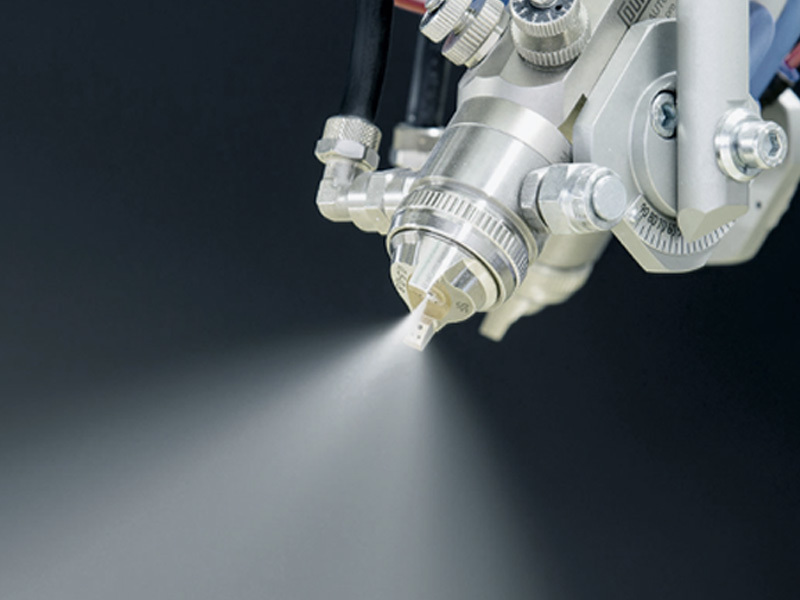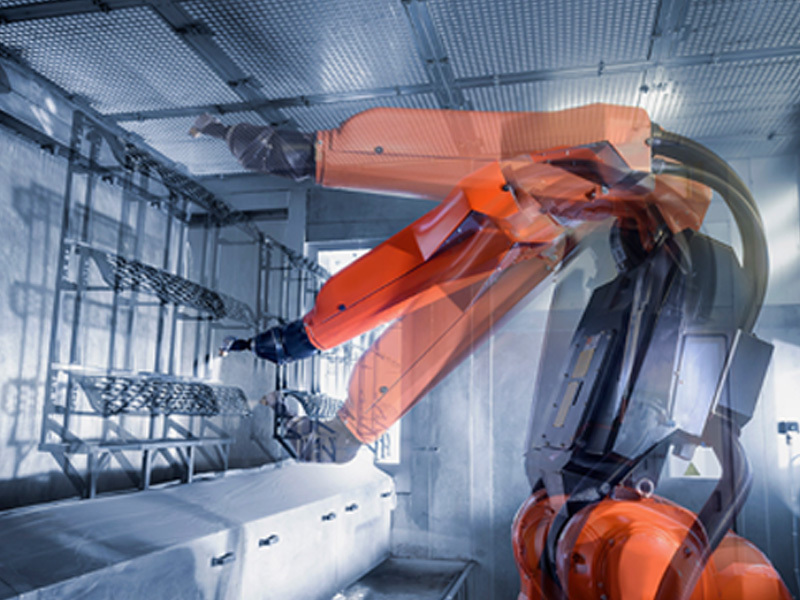Maximizing Performance: Tips for Using Advanced Spray Equipment Effectively
Release time:
2025-06-04
Maximizing Performance: Tips for Using Advanced Spray Equipment Effectively Table of Contents Understanding Advanced Spray Equipment Types of Advanced Spray Equipment The Importance of Proper Application Techniques Essential Maintenance Tips for Optimal Performance Troubleshooting Common Spray Equipment Issues Adapting Techniques to Different Materials and Environments Safety Consid

Maximizing Performance: Tips for Using Advanced Spray Equipment Effectively
Table of Contents
- Understanding Advanced Spray Equipment
- Types of Advanced Spray Equipment
- The Importance of Proper Application Techniques
- Essential Maintenance Tips for Optimal Performance
- Troubleshooting Common Spray Equipment Issues
- Adapting Techniques to Different Materials and Environments
- Safety Considerations When Using Advanced Spray Equipment
- Frequently Asked Questions
Understanding Advanced Spray Equipment
Advanced spray equipment plays a crucial role in enhancing the efficiency, speed, and quality of paint application in various industrial settings. This type of equipment uses sophisticated technology to atomize paint and distribute it evenly, ensuring a superior finish. Understanding the mechanics and functions of this equipment is essential for operators aiming to maximize performance.
Key Features of Advanced Spray Equipment
The most notable features of advanced spray equipment include:
- **High Efficiency**: Modern spray systems are designed for optimal paint transfer efficiency, minimizing wastage.
- **Versatility**: Many advanced sprayers can handle a wide range of coatings, from thin solvents to thick paints.
- **Precision Control**: Advanced equipment often comes with digital controls that allow for precise adjustments to flow rates, pressure, and fan patterns.
Types of Advanced Spray Equipment
There is a range of advanced spray equipment available in the market, each catering to specific needs and applications. Understanding the different types can help in selecting the right tools for your projects.
Airless Spray Equipment
Airless sprayers operate by pumping paint at high pressure through a small nozzle, atomizing it into fine droplets. These are ideal for large surfaces and high-viscosity materials due to their ability to provide a smooth finish with minimal overspray.
HVLP (High Volume Low Pressure) Spray Equipment
HVLP sprayers use a high volume of air at low pressure to create a fine mist of paint. This type is preferred for detailed work and fine finishes, minimizing overspray and ensuring a uniform application.
Electrostatic Spray Equipment
Electrostatic sprayers charge paint particles electrically, which helps them adhere better to surfaces, especially in complex geometries. This technology maximizes transfer efficiency and reduces waste.
The Importance of Proper Application Techniques
Even the best advanced spray equipment can underperform without proper application techniques. Understanding how to operate the equipment effectively is crucial for achieving optimal results.
Optimal Distance and Angle
Maintaining the correct distance between the spray gun and the surface, typically around 10 to 12 inches, is critical. Additionally, angle the gun at 90 degrees to the surface for an even application.
Consistent Speed and Motion
Applying paint with a consistent speed and motion pattern helps to avoid drips and uneven layers. Use a steady wrist motion and avoid stopping or starting suddenly while spraying.
Essential Maintenance Tips for Optimal Performance
Regular maintenance is key to ensuring that your advanced spray equipment functions flawlessly. Here are some essential tips:
Cleaning After Use
Always clean the spray gun and associated components immediately after use. Paint residue can cause clogs and affect performance. Use solvents compatible with the paint type to flush out the system.
Regular Inspections
Conduct routine inspections of hoses, nozzles, and filters to identify wear and tear. Replace any damaged components promptly to maintain consistent performance.
Lubrication
Keep moving parts lubricated to ensure smooth operation and reduce friction-related wear. Follow the manufacturer's guidelines for lubrication intervals.
Troubleshooting Common Spray Equipment Issues
Even with the best care, issues can arise with spray equipment. Here are some common problems and their solutions:
Clogged Nozzle
A clogged nozzle can severely impact spray quality. Regular cleaning and using appropriate filters can help prevent this issue. If a clog occurs, remove the nozzle and clean it with a solvent.
Inconsistent Spray Pattern
An inconsistent spray pattern may indicate a misaligned nozzle or a problem with the air supply. Check the alignment and ensure the air pressure is set correctly.
Adapting Techniques to Different Materials and Environments
Different materials require different approaches. Understanding how to adapt your technique based on the material and environmental conditions is crucial.
Spraying Various Substrates
When working with various substrates, such as wood, metal, or plastic, it’s essential to consider their unique characteristics. For example, wood may require a primer, while metal may need specific rust-inhibiting coatings.
Environmental Conditions
Humidity and temperature can affect the drying time and adhesion of paint. Adjust your spraying techniques based on these conditions, such as reducing paint viscosity in high humidity.
Safety Considerations When Using Advanced Spray Equipment
Safety should always be a priority when using advanced spray equipment. Follow these guidelines to ensure a safe working environment.
Personal Protective Equipment (PPE)
Always wear appropriate PPE, including respirators, goggles, and gloves. Protecting yourself from overspray and harmful fumes is essential.
Ventilation
Ensure that the workspace is well-ventilated to mitigate inhalation risks. Use exhaust fans and open windows to improve air circulation.
Frequently Asked Questions
1. What is the best type of spray equipment for large industrial projects?
Airless spray equipment is typically the best choice for large projects due to its high efficiency and ability to cover large areas quickly.
2. How can I reduce overspray when using a spray gun?
Use HVLP equipment, maintain the correct distance from the surface, and adjust the fan pattern to minimize overspray.
3. What maintenance is needed for spray guns?
Regular cleaning after use, inspections for wear, and lubrication of moving parts are essential maintenance tasks.
4. Can I use any paint with advanced spray equipment?
No, it's crucial to select paint that is compatible with your specific type of spray equipment to prevent clogs and ensure optimal performance.
5. How often should I replace the nozzle on my spray gun?
The frequency of nozzle replacement depends on usage, but it’s advisable to inspect and replace nozzles regularly to maintain spray quality.
Conclusion
Maximizing the performance of advanced spray equipment requires a blend of understanding the machinery, applying proper techniques, undertaking regular maintenance, and prioritizing safety. By following the tips outlined in this guide, operators can achieve remarkable results, enhancing both the efficiency and quality of their industrial painting operations. Investing time and effort into mastering these aspects will ultimately lead to higher productivity and superior finishes, ensuring success in every project.











